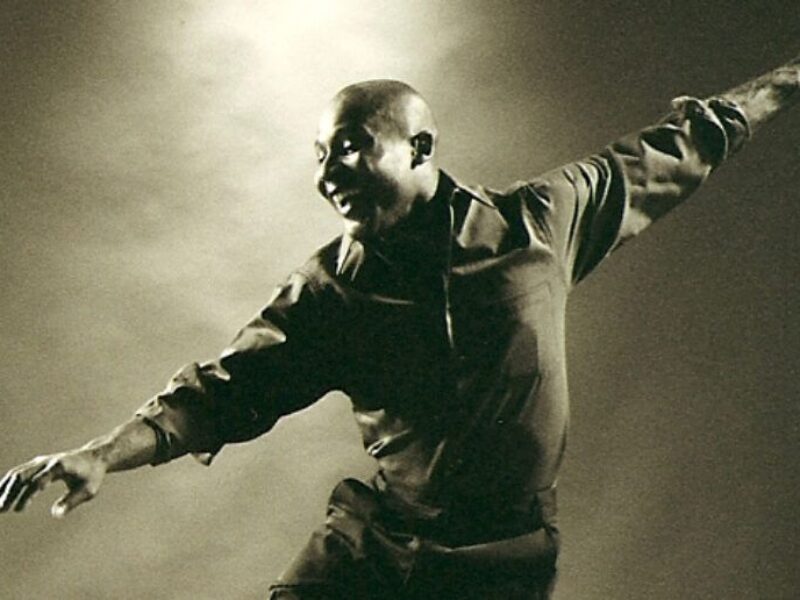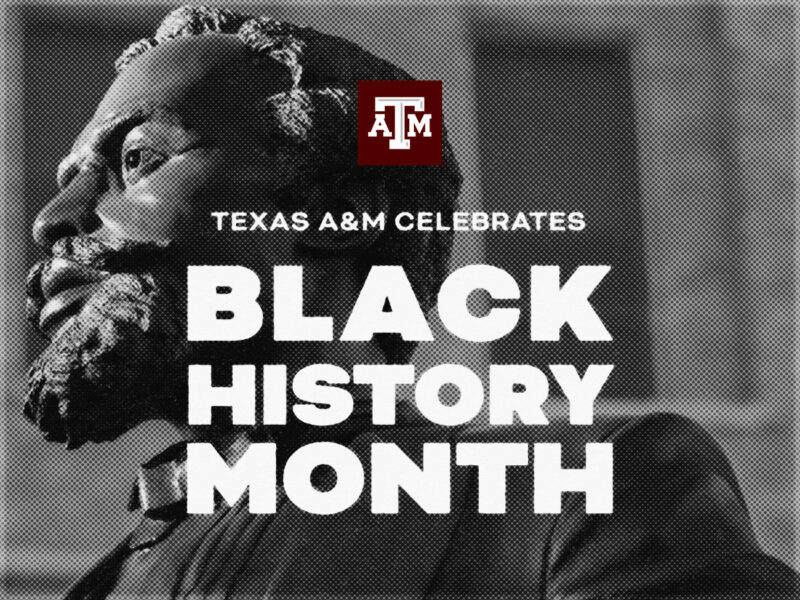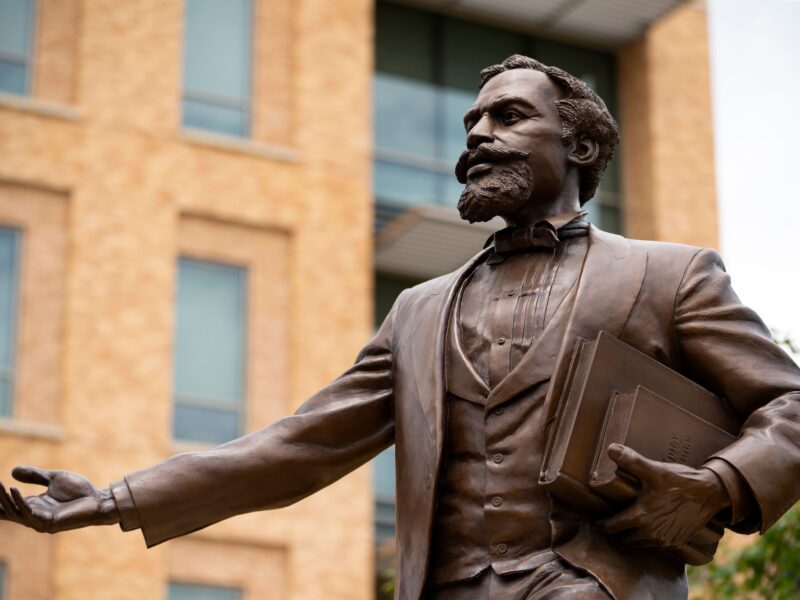He Made History As A Student In The ‘70s. Now He’s Leading As An Employee.
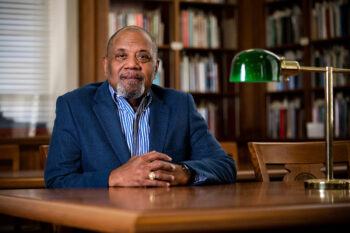
For most of Fred McClure’s life, he’s tried to maintain a simple focus: doing the best he can.
This was instilled in him by his parents, who told McClure that whatever he chose to do in life, he should
“give it more than 100%.” If his best broke favorably in comparison to others, then all the better.
Growing up in the deep East Texas town of San Augustine, McClure developed an early interest in agriculture. McClure joined FFA and became heavily involved throughout high school. His senior year, he was elected president of the Texas FFA — making him the first Black student to hold the position.
Though he went on to be the “first” several more times in his life — including being Texas A&M University’s first Black student body president — McClure said this has never been his goal.
“At the time, if I happened to be the first Black person to do something, it was not done with that thought in mind,” said McClure, who currently serves as Texas A&M’s associate vice president for leadership and engagement. “It was only, ‘I’ve got something to offer, and I think what I have to offer is valuable to the process I’m engaged in.’”
McClure, Class of 1976, has held numerous leadership positions throughout his career in government, law and academia. Before his current role at A&M, he served as chief executive officer of the George Bush Presidential Library Foundation. Also in his home state, McClure was appointed in 1995 to The Texas A&M University System Board of Regents, becoming the first Black Aggie to hold the position. While living in Washington, D.C., his career in U.S. government service included legislative affairs roles for two presidential administrations.
Point to any accomplishment on McClure’s lengthy resume — like being named a Distinguished Alumnus in 1991 or becoming the first Black person to serve as chairman of the Cotton Bowl Athletic Association in 1998 — and he’ll give credit to being both “blessed and lucky.”
“It just so happened that I’m also Black… my objective has always just been, ‘I want to do be the guy who does that,’” McClure said. “The things I’ve been selected or chosen for are hopefully testament to the fact that someone thought, ‘If he gets this, he’ll do a pretty decent job.’”
A Time Of Change
While race wasn’t at the forefront of McClure’s decisions at the time, he notes the accomplishments of his youth took place against the backdrop of a nation still responding to the cultural shifts and advancements that came out of the civil rights movement.
In San Augustine, schools weren’t totally integrated until 1970. And when McClure was elected a state officer of the FFA in 1972, the youth organization had only integrated six years prior.
“So here I am, elected state president, and they gave me a car to drive all over the state of Texas to hang out in schools and talk to kids in high schools,” McClure said. “That was a pretty big deal in 1972. In fact, as I look back on it, it was only four years after Martin Luther King had been assassinated. That was only eight years after the Civil Rights Act was enacted, and the Fair Housing Act, and all those things that began to change the face of our nation.”
In retrospect, McClure said he feels thankful to have been able to hold leadership positions during this point in time.
“I was lucky also in the standpoint of being able to maybe convince others, ‘Hey, you don’t have to be afraid of me,’” McClure said. “I was able to say and do things that hopefully brought people together.”
When he arrived in College Station his freshman year to study ag economics, Texas A&M was also experiencing a great deal of change.
During McClure’s time on campus during the mid-seventies, the student population roughly doubled to around 28,000, creating a demand for infrastructure that could keep up with the rapidly growing student body. Administrators were weighing whether to officially recognize fraternities and sororities for the first time, and women were joining the Corps of Cadets. And notably, former president Gen. James Earl Rudder had opened the university’s doors to women and Black student just a decade prior in 1963.
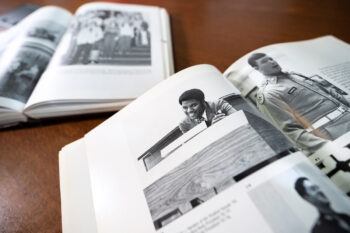
Very rarely would McClure share a class with another Black student — there were roughly 300 on campus during this time, he estimates. So to be elected student body president by his peers was a “tremendous honor. And it provided a tremendous opportunity to help move our university forward.”
McClure was elected speaker of the Student Senate in 1975, and ran for president his senior year with the goal of establishing a strong relationship between the student body and administrators.
“I thought it was important for us to be able to communicate the views and the needs of our students not only to the decision makers and Board of Regents, but also to the community,” he said. “I thought I brought a breadth of experience and communication skills that would help create that kind of environment in a productive way. That was the message that I sold to the students.”
From College Station To D.C.
It was on a trip to the nation’s capital for a conference for student body presidents that McClure secured his first job out of college.
He knew he’d like to eventually work in D.C. after his experience as a White House intern in the summer of 1975 during the Ford administration. When he returned during his last semester as student body president, McClure decided to drop by the office of a U.S. senator from Texas.
He wrote the senator a letter expressing interest in a job, and as McClure puts it, “one thing led to the other.” He was hired in June 1977 to work in the office of U.S. Sen. John Tower in a position created specifically for him.
“(Tower) knew that even though he had been a senator since 1961, I knew more people in agriculture in the state of Texas,” McClure said. “He did that because of what I had been doing with FFA and other organizations.”
McClure worked on agriculture-related legislative issues for Tower for about a year before moving back to Texas to work in the senator’s Austin office. After earning his law degree from Baylor, McClure returned to work for Tower again as his legislative director. When the senator decided not to run for re-election in 1984, McClure left his staff and joined the U.S. Department of Justice.
Through his work on Capitol Hill and earlier leadership positions in student government and FFA, McClure said he developed skills that have served him well throughout his career: finding a way to effectively communicate ideas and finding common ground between competing parties.
This was particularly important while working as special assistant for legislative affairs for President Ronald Reagan and assistant for legislative affairs for President George H.W. Bush.
“You have to carefully and effectively argue your position in such a fashion that it hopefully will change minds,” McClure said. “That’s the whole deal I had with President Bush, which was, ‘You need to get a majority of the members of Congress to agree or not agree to something we do or don’t want to take place.’”
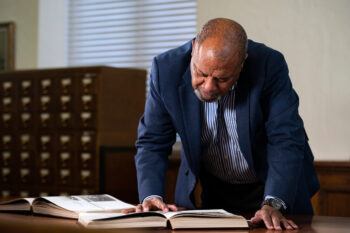
Opening Doors
McClure moved back to College Station in 2012 when the 41st president asked him to serve as CEO of his presidential library foundation.
“I never had any idea that I would be moving to College Station as a semi-permanent residence, but I did,” McClure said. “I came back and spent four years with the foundation before moving to the university to work in the Office of the Provost.”
Now with the Department of Leadership and Engagement, McClure’s role focuses on the university’s touchpoints with external entities — specifically, this includes support and oversight for the Public Policy Internship Program, Texas Real Estate Research Center and the Texas A&M University Press. The department is part of the Division of Academic and Strategic Collaborations, which was established in 2021 to support Texas A&M’s land-grant mission to teach, conduct research and provide services to communities in Texas and beyond.
“We have advanced placement training for teachers, continuing education programs and summer programs for kids — all of those things where you look at how we touch communities, serve them and do what Texas A&M as a land-grant institution was designed to do,” McClure said.
Texas A&M has dramatically changed since the mid-seventies. McClure said he’d like to think he’s helped the university grow as a result of his engagement as a student leader and now, 45 years later, as an employee.
“I’m grateful that hopefully I played a small role in opening doors and being a mentor for others,” he said.
